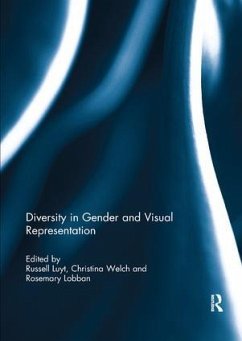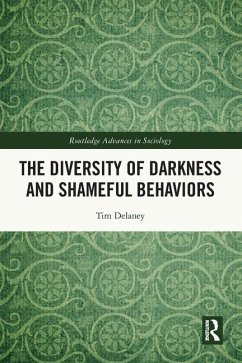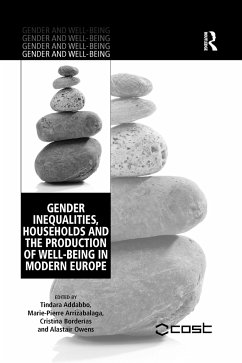
Gender and Diversity in the Middle East and North Africa
Versandkostenfrei!
Versandfertig in 1-2 Wochen
47,99 €
inkl. MwSt.

PAYBACK Punkte
24 °P sammeln!
This book aims to highlight the dynamics of gender relations and the diversity which characterises the lives of Middle Eastern and North African women. This book was published as a special issue of the British Journal of Middle Eastern Studies.














